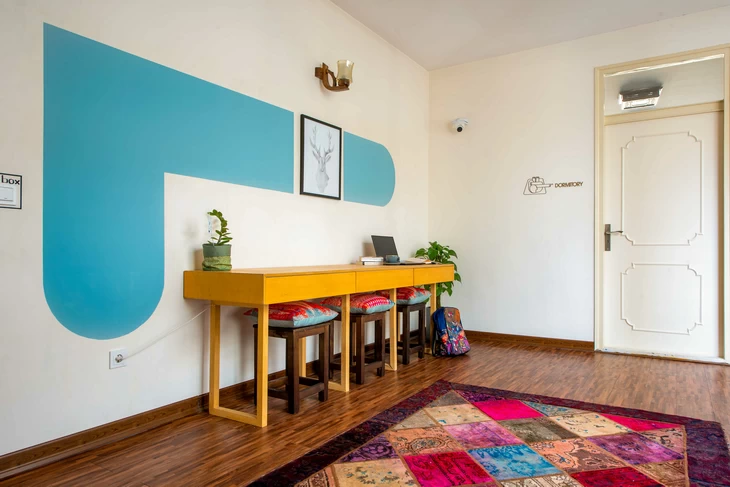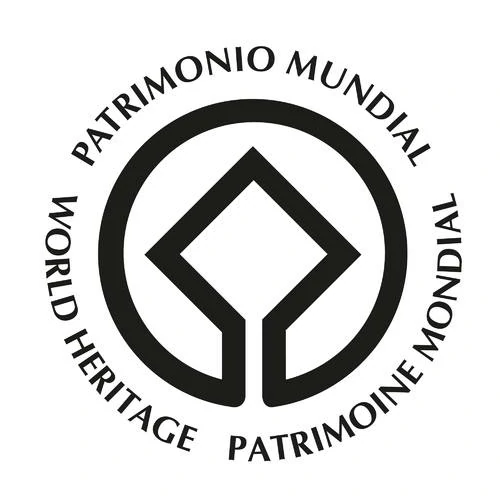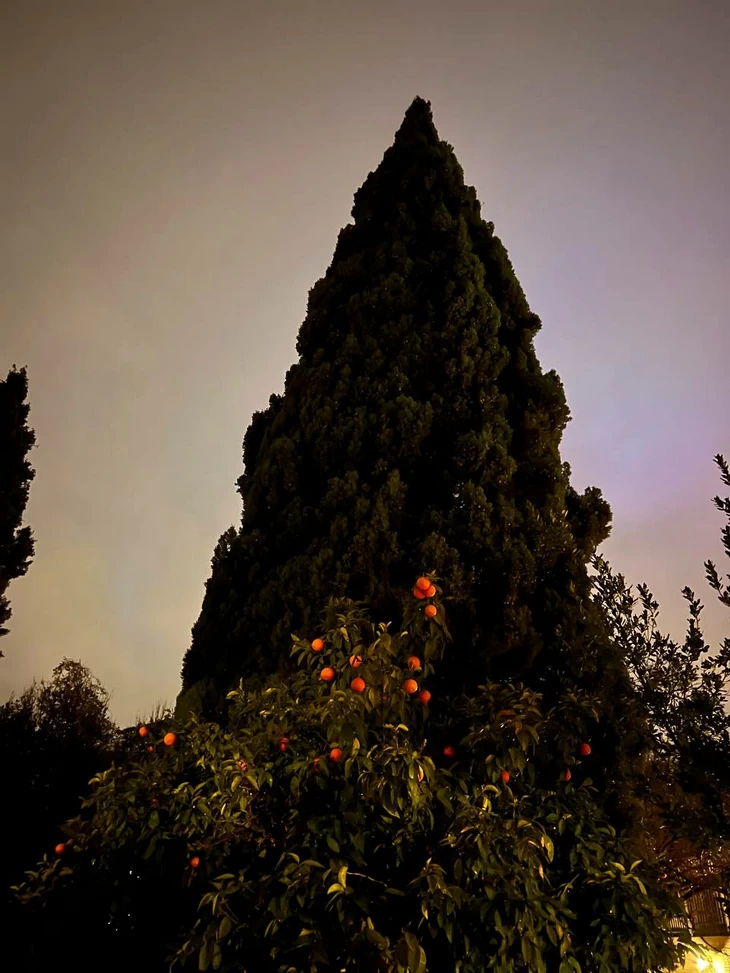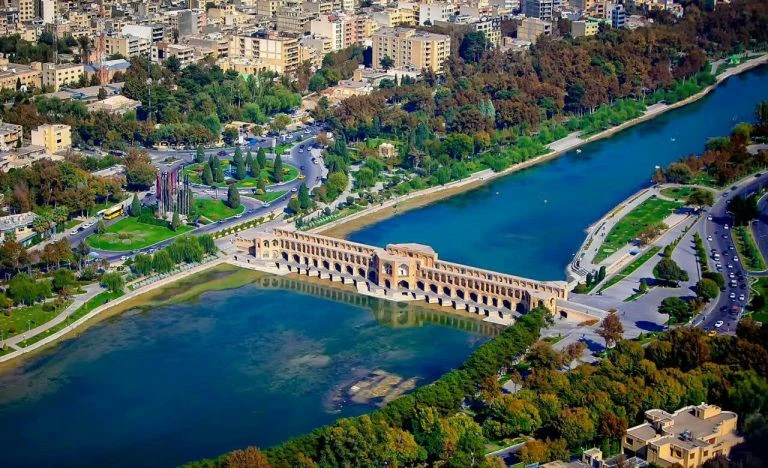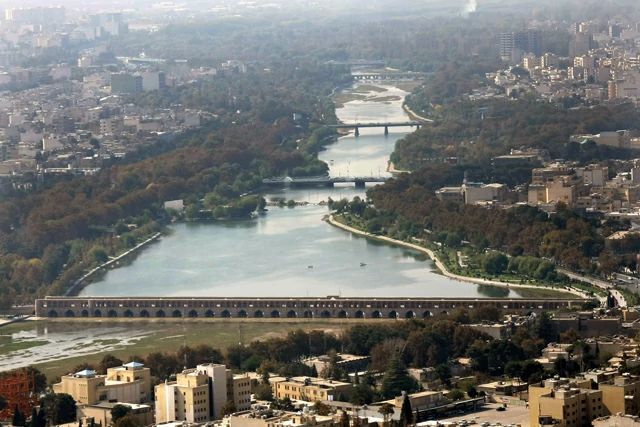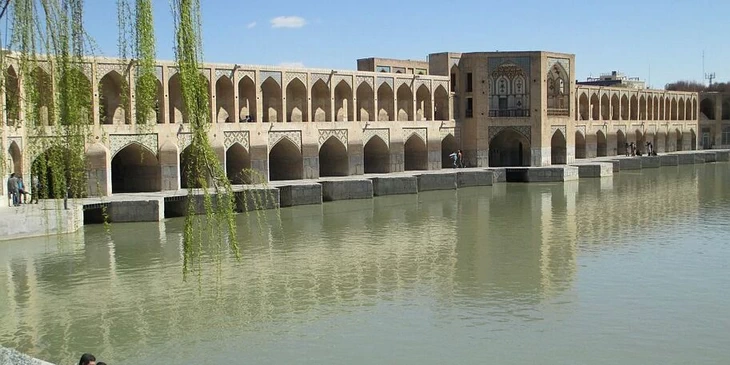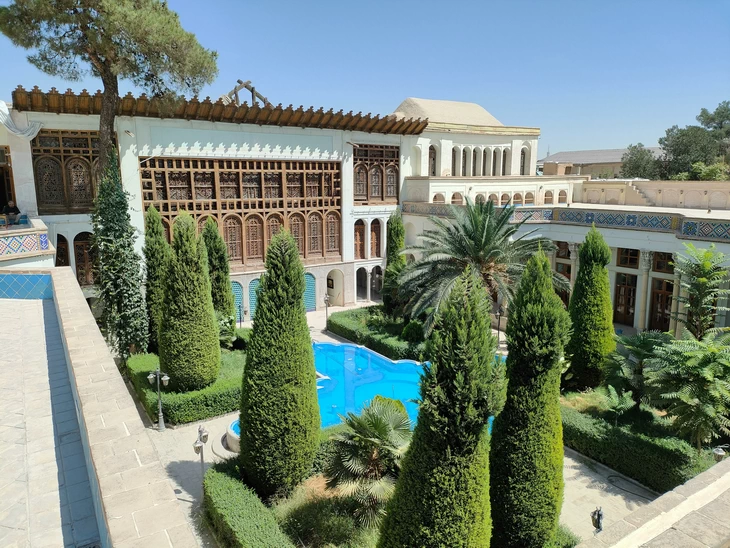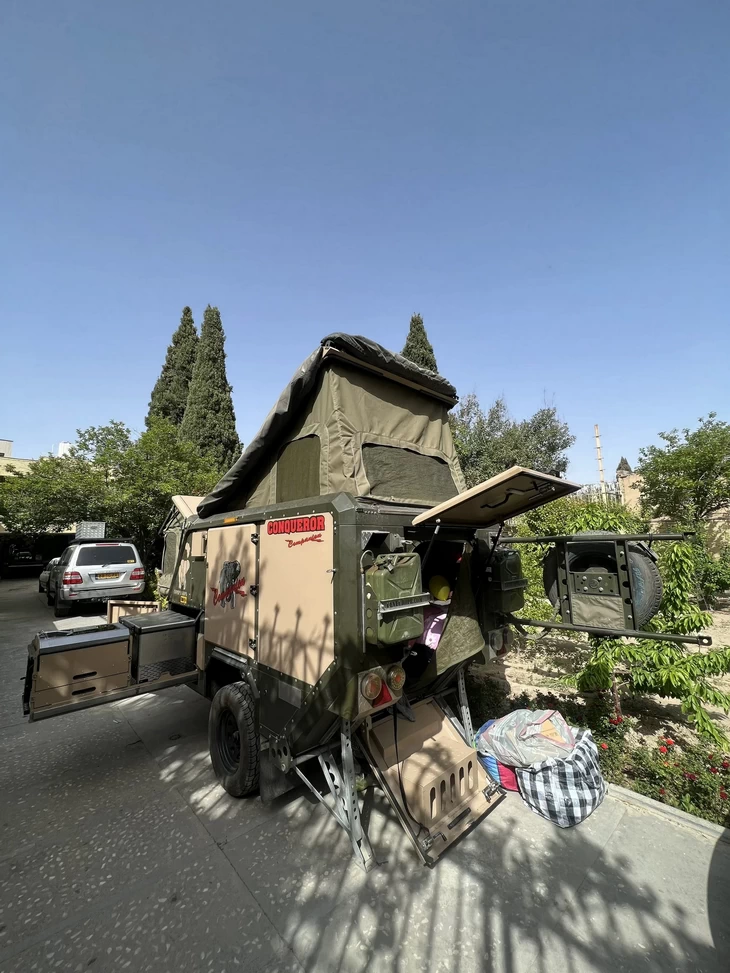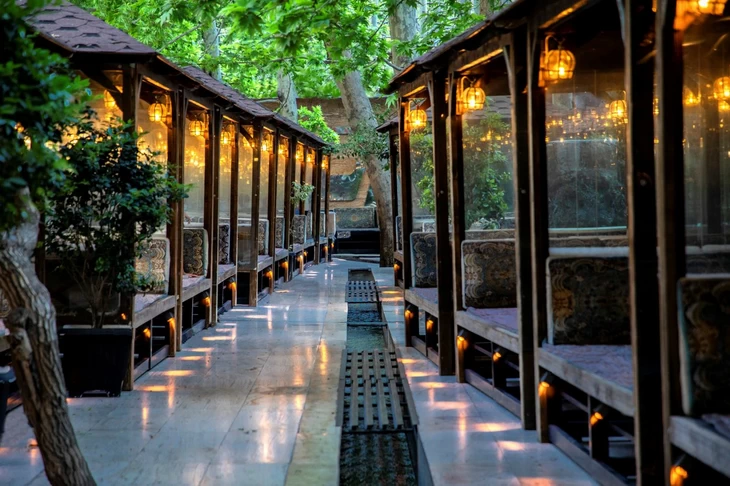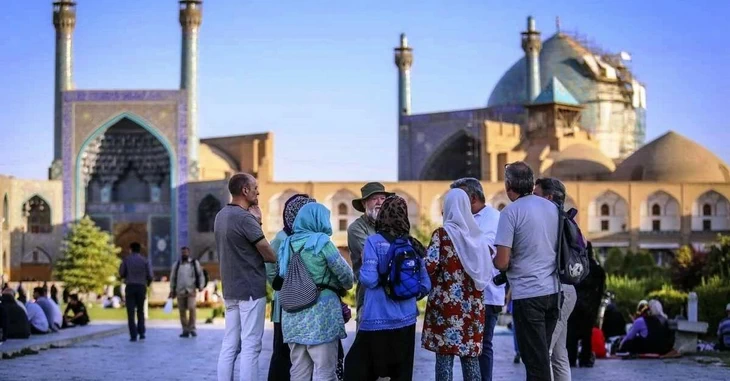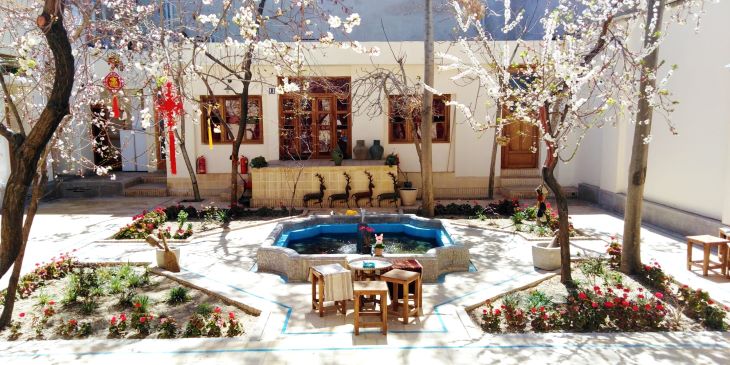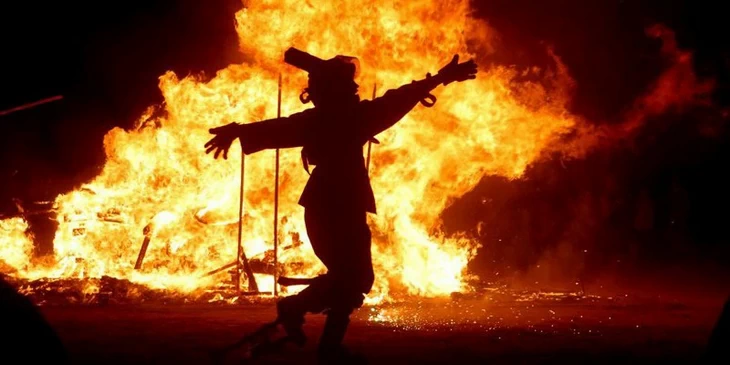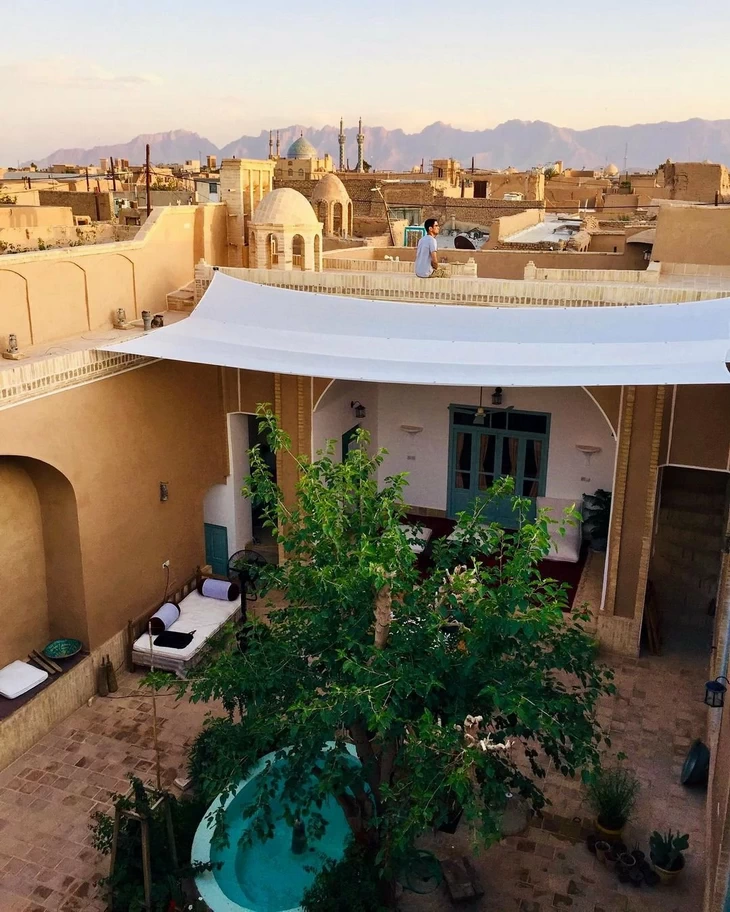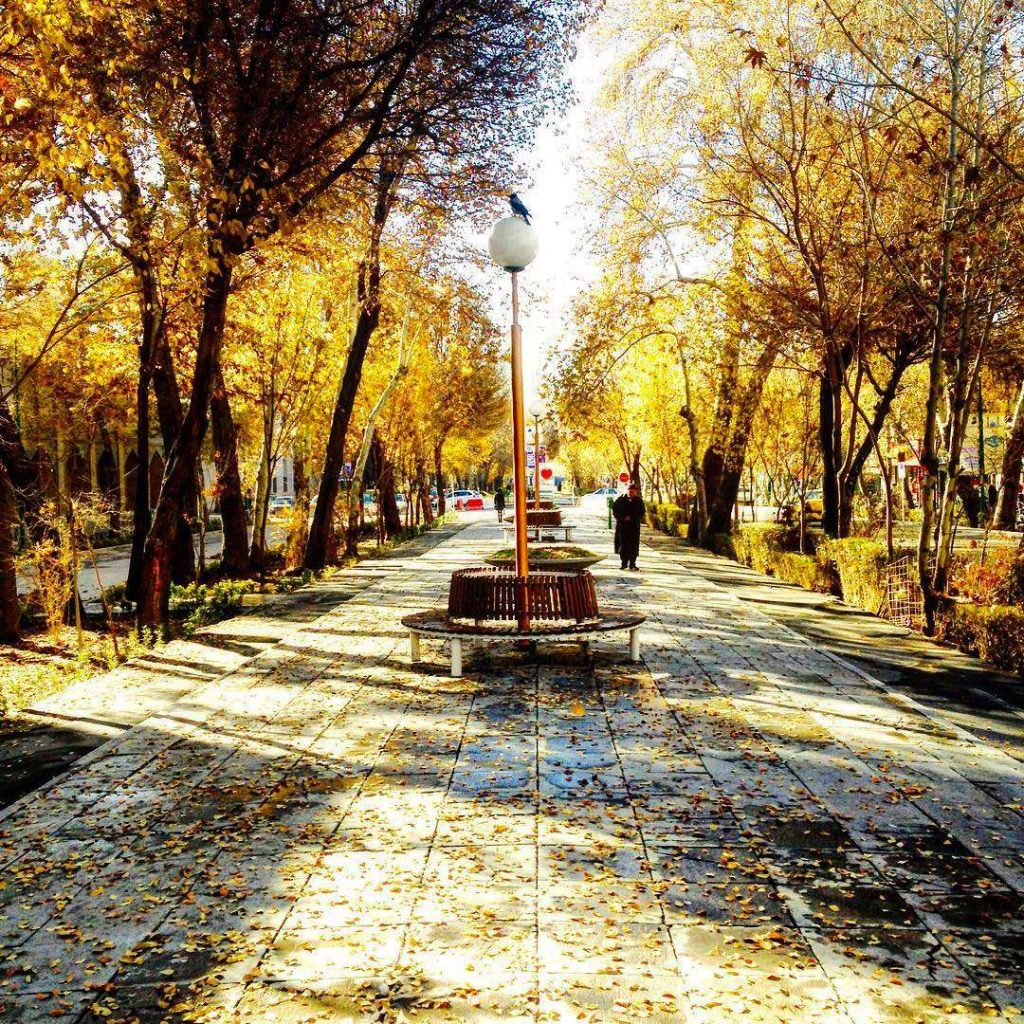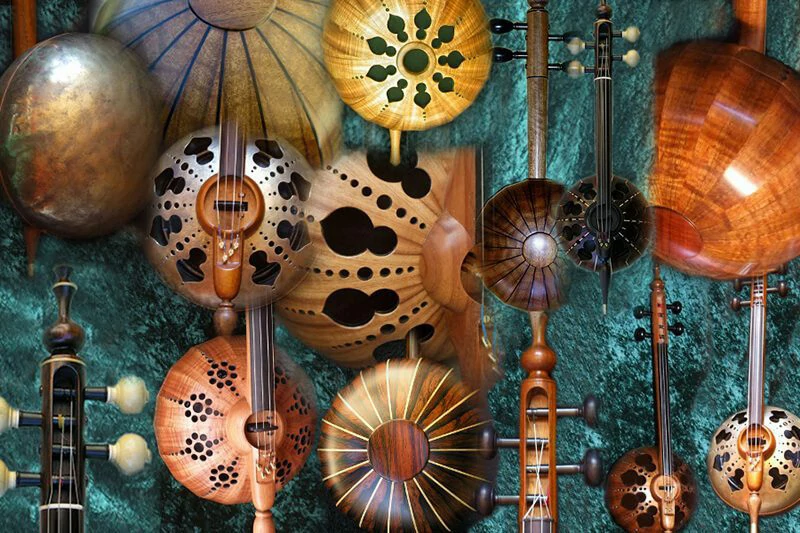Shahre Sukhte
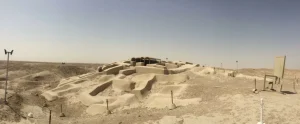
Located in the Sistan and Baluchestan Province, in the southeast of Iran, and in between the two major cities of Zahedan and Zabol is Shahre Sukhte or the Burnt City: The residence of a civilization dating back to some 5200 years ago. This UNESCO World Heritage Site saw four main periods of civilizations and three mass fires before it was finally abandoned in approximately 1800 BC due to changes in the climate of the region that rendered it inhabitable.
Shahre Sukhte has been gaining more recognition in recent years as being one of the earliest and largest civilizations during the Bronze Age, especially as one that had remained relatively independent of its contemporary neighboring cities and civilizations. Although not much of the site remains today, visiting it will still give you some insight into what was once a majestic city.
We want to get deeper into the history of the Burnt City in this article, but first, let’s talk a little bit about the Sistan and Baluchestan Province and what makes it a great region for tourists to visit!
The Sistan and Baluchestan Province and Its Attractions
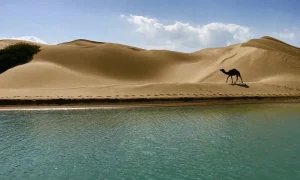
Located in the southeast of Iran and sharing borders with Afghanistan and Pakistan is the country’s largest province, Sistan and Baluchestan. This province is significant for Iran’s tourism not only because of the fact that it houses the site of one of the earliest and most advanced civilizations of the Calcolithic Era in the Shahre Sukhte, but also because of the numerous natural and historical attractions that cover the region. Those who actually get the chance to stop by Sistan and Baluchestan often describe it as one of the most interesting spots in their journey, although unfortunately, not too many people actually do that.
Due to the historical negligence of the various forms of the Iranian government towards Sistan and Baluchistan, the province currently lies in a poor state. Its residents suffer from multiple infrastructural issues, namely a crisis in their water supply and other basic facilities such as electricity and gas. Another obstacle that has stopped this region from reaching its full potential as far as the tourism industry goes is the unfortunate issue of the drug trade and other criminal imports and exports with the two neighboring countries of Afghanistan and Pakistan.
These and more have made the Sistan and Baluchistan Province become considered a pretty unsafe region for foreign tourists. While that’s not exactly true -Iranians always try to ensure the safety of their guests throughout the country, and this province is populated by some of the friendliest and most helpful people you’ll ever meet, like many other examples of the wrongful portrayal of Iran in Western media, many tourists are genuinely concerned about the dangers that await them if they visit Sistan and Baluchestan.
Shahre Sukhte (The Burnt City)’s History
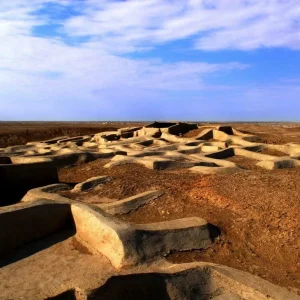
Although the area is currently a pretty arid and dry landscape, through the prosperous millennium of the Shahre Sukhte, it was a lush land on the banks of the river Hemland (as you may know, early civilizations of the Neolithic Era were always established nearby bodies of water, i.e. the Sumerians and the rivers Tiger and Euphrates, the ancient Egyptians and the Nile, the Elamites, etc.). Eventually, due to a change in the course of the river, the city was abandoned, but between 3200 and 1800 BC, this civilization thrived, and plenty of valuable artifacts belonging to that era have been excavated from the site.
What makes the Burnt City particularly relevant is the fact that it seems to have been pretty independent of the primary birthplace of civilization which is Mesopotamia and western Iran. This civilization possessed its own language, architecture, and culture, but all the while maintained a relationship with its contemporary neighbors; evidence points to the fact that Shahre Sukhte was a massive trade center in its time -it in fact connected the civilizations of Mesopotamia to those of the Indus Plain. Some also believe that the people who lived in this city can be associated with the Jiroft civilization, one of the earliest civilizations in recorded history.
The Discovery of Shahre Sukhte
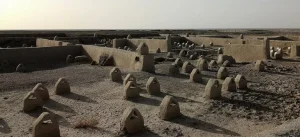
The Burnt City was discovered -and named “the Burnt City”- by a Hungarian-British archaeologist named Aurel Stein during the late Qajar era, though the actual excavation efforts took place in the late 1970s. The area of the city is a vast 151 hectares wide land that was divided into different sectors (industrial, residential, and burial). The excavations have led archaeologists to believe that Shahre Sukhte played an important part in the history of urban planning, with workshops, burial grounds, buildings, and more.
Signs of an Advanced Civilization in the Burnt City
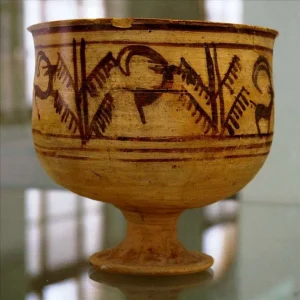
Some of the artifacts that have been excavated from the Shahre Sukhte point to a peculiarly advanced civilization. A clay goblet that has been dated to 3178 BC is believed to be the world’s very first animation: Paintings on the sides of the goblet depict a goat in different continuous stages of motion. Two other discoveries that are both pioneering steps in medical technology: The world’s first artificial eyeball and the skull of a 13-year-old girl that indicates the operation of brain surgery. Other artifacts include the world’s first backgammon and dice set.
Final Words
And that’s about it! We hope this article has helped open your minds to new possibilities during your time in Iran! Make sure you read our other blogs about the different attractions and cities of our country!

